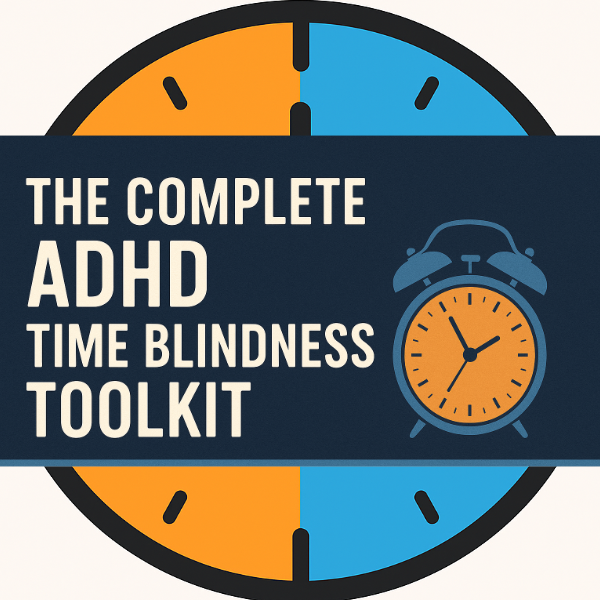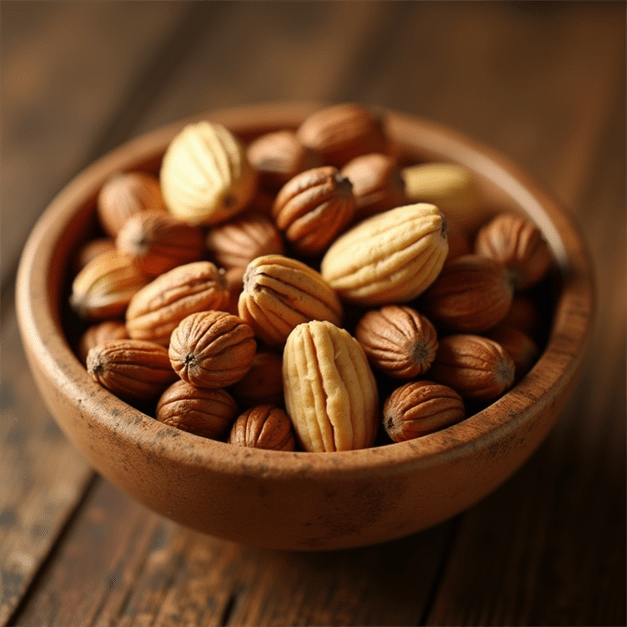Natural Ways to Boost GLP-1: A Complete Guide to Foods and Timing
GLP-1 (glucagon-like peptide-1) has become a household name thanks to medications like Ozempic and Wegovy, but this powerful hormone can also be naturally enhanced through strategic food choices and meal timing. Understanding how to naturally boost GLP-1 levels offers a sustainable approach to appetite control, blood sugar regulation, and metabolic health. Boost GLP-1 naturally, here’s how.
What Is GLP-1 and Why Does It Matter?
GLP-1 is an incretin hormone produced in your intestines when you eat. It acts as your body’s natural appetite suppressant and blood sugar regulator. When GLP-1 levels rise after meals, several beneficial things happen: insulin secretion increases when blood sugar is elevated, gastric emptying slows down (keeping you fuller longer), and appetite decreases through signals sent to your brain.
This hormonal cascade explains why some foods leave you satisfied for hours while others have you reaching for snacks within an hour. The key lies in understanding which foods naturally trigger robust GLP-1 release.
The Science Behind Food-Triggered GLP-1 Release
Different macronutrients stimulate GLP-1 secretion to varying degrees. Protein consistently shows the strongest effect, followed by healthy fats and fiber-rich carbohydrates. This isn’t just about total calories but rather the specific nutrients that signal your intestinal L-cells to release GLP-1.
Research has shown that meals containing 20-30 grams of protein can significantly boost GLP-1 levels within 30 minutes of eating. Similarly, meals rich in soluble fiber create sustained GLP-1 release as fiber is slowly broken down by gut bacteria throughout digestion.
Protein: The GLP-1 Powerhouse
Among all macronutrients, protein reigns supreme for GLP-1 activation. The most effective protein sources include:
Whey protein stands out as the champion, containing all essential amino acids and showing the strongest satiety effects in research studies. A whey protein shake with 25-30 grams of protein can trigger substantial GLP-1 release within 15-30 minutes.
Eggs are another exceptional choice. Both whole eggs and egg whites effectively stimulate GLP-1, with studies showing that egg-based breakfasts lead to greater fullness and reduced caloric intake at subsequent meals compared to carbohydrate-heavy alternatives.
Lean meats like chicken breast, turkey, and lean cuts of beef provide complete proteins that consistently boost GLP-1. The key is choosing cuts with minimal processing and moderate portion sizes of 4-6 ounces per meal.
Fish and seafood offer dual benefits. Beyond their protein content, fatty fish like salmon, mackerel, and sardines provide omega-3 fatty acids that may enhance GLP-1 sensitivity and reduce inflammation.
Plant-based proteins shouldn’t be overlooked. Tofu, tempeh, legumes, and soy products not only provide protein but also deliver fiber, creating a synergistic effect on GLP-1 release.
For optimal results, aim for 20-30 grams of protein per meal, distributed throughout the day. This translates to roughly 60-90 grams daily for most adults, though individual needs vary based on body weight, activity level, and metabolic goals.
Healthy Fats: Supporting Sustained GLP-1 Activity
While protein provides the initial GLP-1 surge, healthy fats help sustain and amplify the response. The most beneficial fats for GLP-1 enhancement include:
Monounsaturated fats from sources like olive oil, avocados, nuts, and seeds have shown particular promise in research. These fats slow gastric emptying, which prolongs the time food remains in your stomach, leading to extended GLP-1 release.
Omega-3 fatty acids from fatty fish, walnuts, chia seeds, and flaxseeds may enhance GLP-1 receptor sensitivity, making your body more responsive to the hormone’s effects.
Medium-chain triglycerides (MCTs) found in coconut oil and some dairy products can trigger GLP-1 release, though the effects are generally milder than those seen with longer-chain fats.
The key with fats is moderation and quality. A tablespoon of olive oil, a quarter of an avocado, or a small handful of nuts per meal provides sufficient fat to support GLP-1 activity without excessive calories.
Fiber: The Sustained Release System
Dietary fiber, particularly soluble fiber, creates a slow-release system for GLP-1 activation. As fiber moves through your digestive system, it’s gradually broken down by beneficial gut bacteria, triggering ongoing GLP-1 production.
Whole grains like oats, barley, and quinoa provide both soluble and insoluble fiber. Starting your day with steel-cut oats topped with berries and nuts creates an ideal environment for sustained GLP-1 release.
Legumes are fiber superstars. Beans, lentils, chickpeas, and split peas combine protein and fiber, creating particularly robust GLP-1 responses. A half-cup serving of cooked legumes provides 6-8 grams of fiber plus significant protein.
Vegetables offer varying amounts of fiber, with some standouts including artichokes (10 grams per medium artichoke), Brussels sprouts (4 grams per cup), and broccoli (5 grams per cup). Non-starchy vegetables can be eaten liberally without concern for blood sugar spikes.
Fruits contribute fiber along with natural sweetness. Apples with skin (4 grams), pears (6 grams), and berries (8 grams per cup of raspberries) are excellent choices. The fiber helps blunt any blood sugar response from the fruit’s natural sugars.
Aim for 25-35 grams of total fiber daily, gradually increasing intake to avoid digestive discomfort. Spreading fiber throughout meals helps maintain steady GLP-1 levels rather than creating peaks and valleys.
Fermented Foods and Gut Health
Emerging research suggests that gut microbiome health significantly influences GLP-1 production. Fermented foods provide beneficial bacteria that may enhance the intestinal environment where GLP-1 is produced.
Yogurt and kefir offer both protein and probiotics. Greek yogurt provides more protein per serving, while kefir contains a wider variety of bacterial strains. Choose varieties with minimal added sugars to maximize benefits.
Fermented vegetables like sauerkraut, kimchi, and fermented pickles provide probiotics along with fiber. These foods are particularly beneficial when consumed regularly as part of a varied diet.
Miso and tempeh offer fermented soy benefits. Miso can be used in broths and dressings, while tempeh serves as a protein-rich meat alternative with added probiotic benefits.
The connection between gut health and GLP-1 is still being researched, but maintaining a diverse, healthy microbiome appears to support optimal hormone production.
Special Mention: Dark Chocolate to Boost GLP-1
Dark chocolate containing at least 70% cacao has shown modest effects on GLP-1 levels in some studies. The key compounds appear to be flavonoids, particularly epicatechin and catechin. However, the effects are relatively small, and chocolate should be consumed in moderation due to its caloric density. A 1-ounce square of high-quality dark chocolate can be a satisfying way to end a meal while potentially supporting GLP-1 activity.
Supplements and Natural Compounds
While whole foods should form the foundation of any GLP-1-boosting strategy, certain natural compounds have shown promise in research:
Berberine, found in goldenseal and barberry, has demonstrated GLP-1-enhancing effects in several studies. Typical dosing ranges from 500-1500mg daily, taken with meals.
Curcumin, the active compound in turmeric, may enhance GLP-1 sensitivity and reduce inflammation. Combining it with black pepper (piperine) improves absorption.
Psyllium husk provides concentrated soluble fiber that can significantly boost GLP-1 levels. Start with small amounts (1 teaspoon) and increase gradually while ensuring adequate water intake.
Green tea extract and yerba mate contain compounds that may support GLP-1 activity, though effects are generally modest compared to dietary approaches.
Always consult with a healthcare provider before adding supplements, especially if you’re taking medications or have underlying health conditions.
Meal Timing and GLP-1 Optimization
When you eat can be just as important as what you eat when it comes to maximizing GLP-1 benefits. Your body’s production of GLP-1 follows a natural circadian rhythm, with peak sensitivity occurring during daylight hours.
Morning meals trigger the strongest GLP-1 response, making breakfast a crucial opportunity to set your appetite and blood sugar tone for the day. A protein-rich breakfast containing 25-30 grams of protein can provide appetite control lasting well into the afternoon.
Meal spacing also matters. Eating every 3-4 hours allows GLP-1 levels to return to baseline between meals, ensuring each eating occasion can trigger a fresh hormonal response. Constant snacking may blunt this natural rhythm.
Evening timing is critical. GLP-1 sensitivity naturally decreases in the evening hours, meaning late-night meals trigger weaker hormonal responses. This can lead to poorer blood sugar control and increased hunger the following day. Aim to finish your last substantial meal at least 2-3 hours before bedtime.
The Problem with Late-Night Eating
Late-night eating represents a perfect storm for disrupted GLP-1 activity. Your body’s natural circadian rhythm means GLP-1 production is at its lowest overnight. When you eat late, several problematic things occur:
The reduced GLP-1 response means poorer blood sugar control, leading to higher glucose and insulin levels that can disrupt sleep quality. The diminished satiety signals mean you’re more likely to overeat, as your brain doesn’t receive strong fullness cues. Late eating can also disrupt the natural fasting period your digestive system needs for recovery and optimal hormone production the next day.
Research consistently shows that people who eat late at night have higher rates of weight gain, insulin resistance, and metabolic dysfunction compared to those who consume most calories earlier in the day.
Practical Meal Construction to Boost GLP-1
Building meals that maximize GLP-1 release becomes straightforward once you understand the principles. Each meal should contain:
A high-quality protein source providing 20-30 grams of protein. This forms the foundation of GLP-1 activation and should be the centerpiece of each meal.
A source of healthy fats, whether from nuts, seeds, avocado, olive oil, or fatty fish. One to two servings per meal supports sustained hormone release.
Fiber-rich vegetables or whole grains that provide sustained GLP-1 stimulation as they’re slowly digested. Aim for half your plate to consist of non-starchy vegetables.
Optional fermented foods to support gut health and potentially enhance overall GLP-1 production capacity.
Sample GLP-1-Optimized Meals
Breakfast: Greek yogurt with berries, walnuts, and a tablespoon of chia seeds. This provides 20+ grams of protein, healthy fats, fiber, and probiotics.
Lunch: Large salad with grilled chicken, avocado, mixed vegetables, and olive oil vinaigrette, served with a small portion of quinoa. This combination hits all the major GLP-1 triggers.
Dinner: Baked salmon with roasted Brussels sprouts and sweet potato, prepared with olive oil and herbs. The omega-3s, protein, and fiber create sustained satiety.
Snacks: A hard-boiled egg with cucumber slices, or a small apple with almond butter. These combinations provide protein and fiber without excessive calories.
Lifestyle Factors That Support GLP-1
Beyond food choices, several lifestyle factors can enhance your body’s natural GLP-1 production:
Eating slowly and mindfully increases GLP-1 release compared to rushed eating. Taking time to chew thoroughly and put your fork down between bites allows hormonal signals to develop properly.
Regular physical activity, particularly resistance training, may improve GLP-1 sensitivity and help maintain the muscle mass that supports healthy metabolism.
Adequate sleep is crucial for maintaining healthy circadian rhythms, including the natural ebb and flow of GLP-1 throughout the day.
Stress management matters because chronic stress can disrupt hormonal balance, including GLP-1 production and sensitivity.
Individual Variation and Realistic Expectations
It’s important to understand that GLP-1 responses vary significantly between individuals based on genetics, gut microbiome composition, metabolic health status, and other factors. Some people naturally produce more GLP-1 or have greater sensitivity to its effects.
The foods and strategies outlined here represent evidence-based approaches that work for most people, but you may need to experiment to find what works best for your body. Keep a food and satiety journal to identify which combinations leave you most satisfied and energized.
Building Sustainable Habits
The key to long-term success with natural GLP-1 enhancement lies in building sustainable eating patterns rather than following rigid rules. Focus on gradually incorporating more protein, fiber, and healthy fats into your existing meal structure rather than attempting dramatic overnight changes.
Start with one meal per day, perhaps breakfast, and focus on optimizing its GLP-1 potential. Once this becomes routine, gradually apply the same principles to other meals. This approach prevents overwhelm and allows your taste preferences and digestive system to adapt gradually.
The Bottom Line
Natural GLP-1 enhancement through food choices offers a sustainable, side-effect-free approach to appetite control and metabolic health. By emphasizing high-quality proteins, healthy fats, fiber-rich foods, and strategic meal timing, you can harness your body’s own hormonal systems for lasting results.
The beauty of this approach lies in its simplicity and sustainability. These aren’t exotic foods or complicated protocols, but rather fundamental nutrition principles that support overall health while specifically targeting GLP-1 production. Combined with mindful eating practices and proper meal timing, these strategies can provide significant improvements in appetite control, blood sugar regulation, and metabolic health.
Remember that consistency matters more than perfection. Focus on making gradual improvements to your eating patterns, and allow time for your body to adapt and respond. The goal is to work with your natural hormonal rhythms, not against them, creating lasting changes that support your health and well-being for years to come.





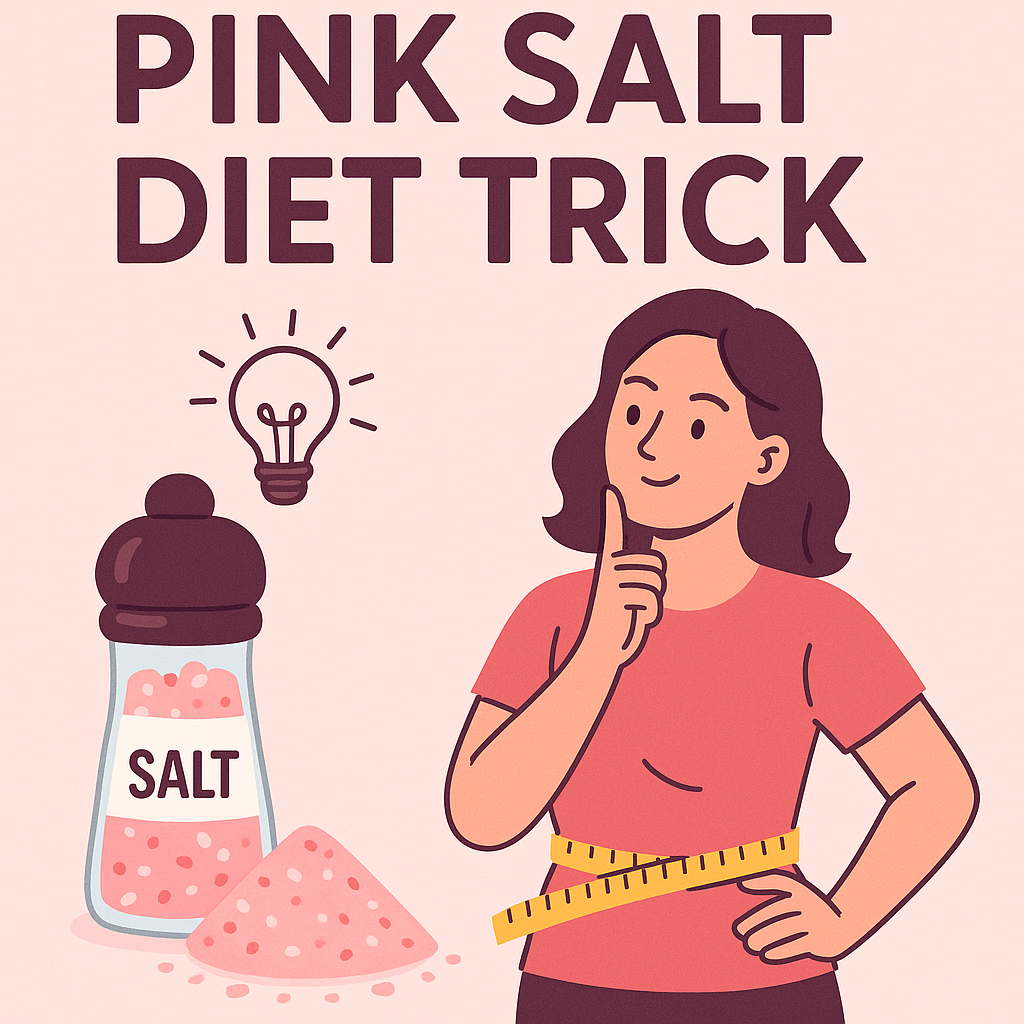
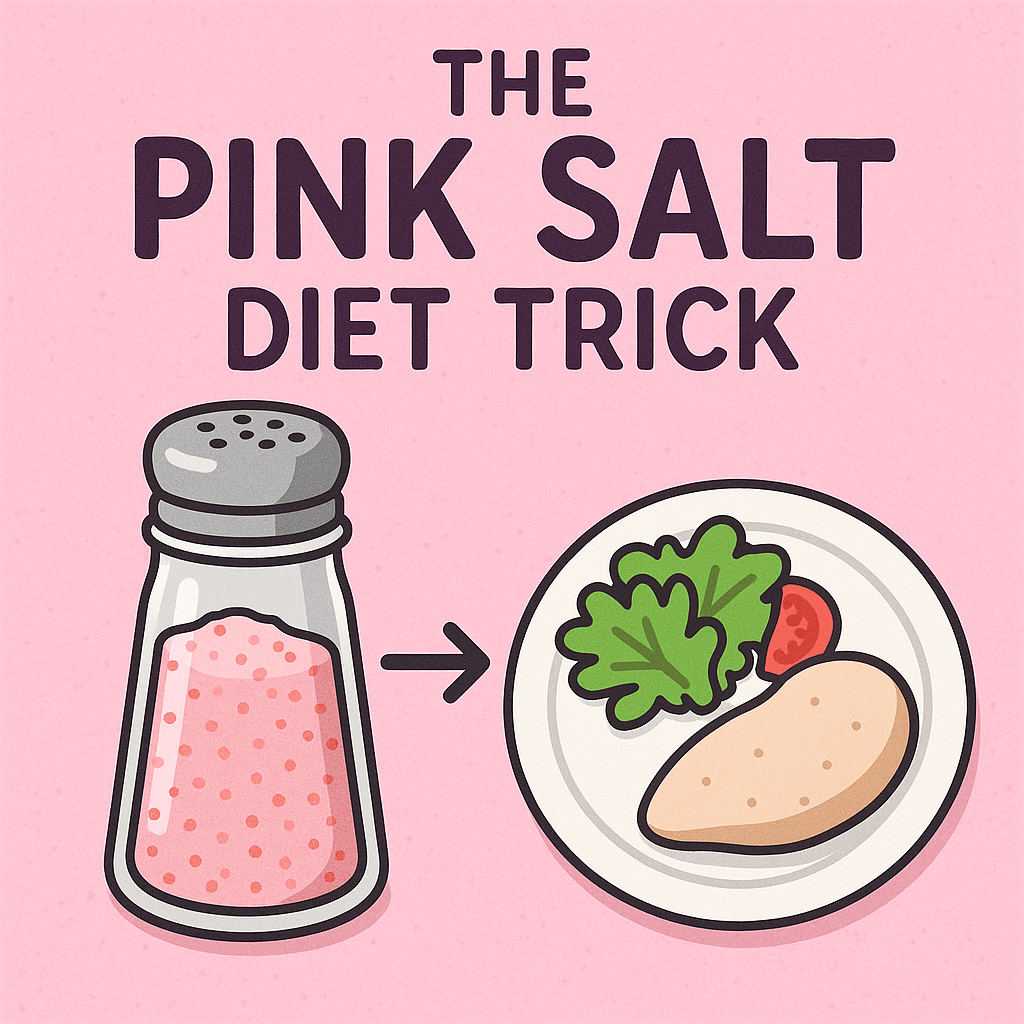

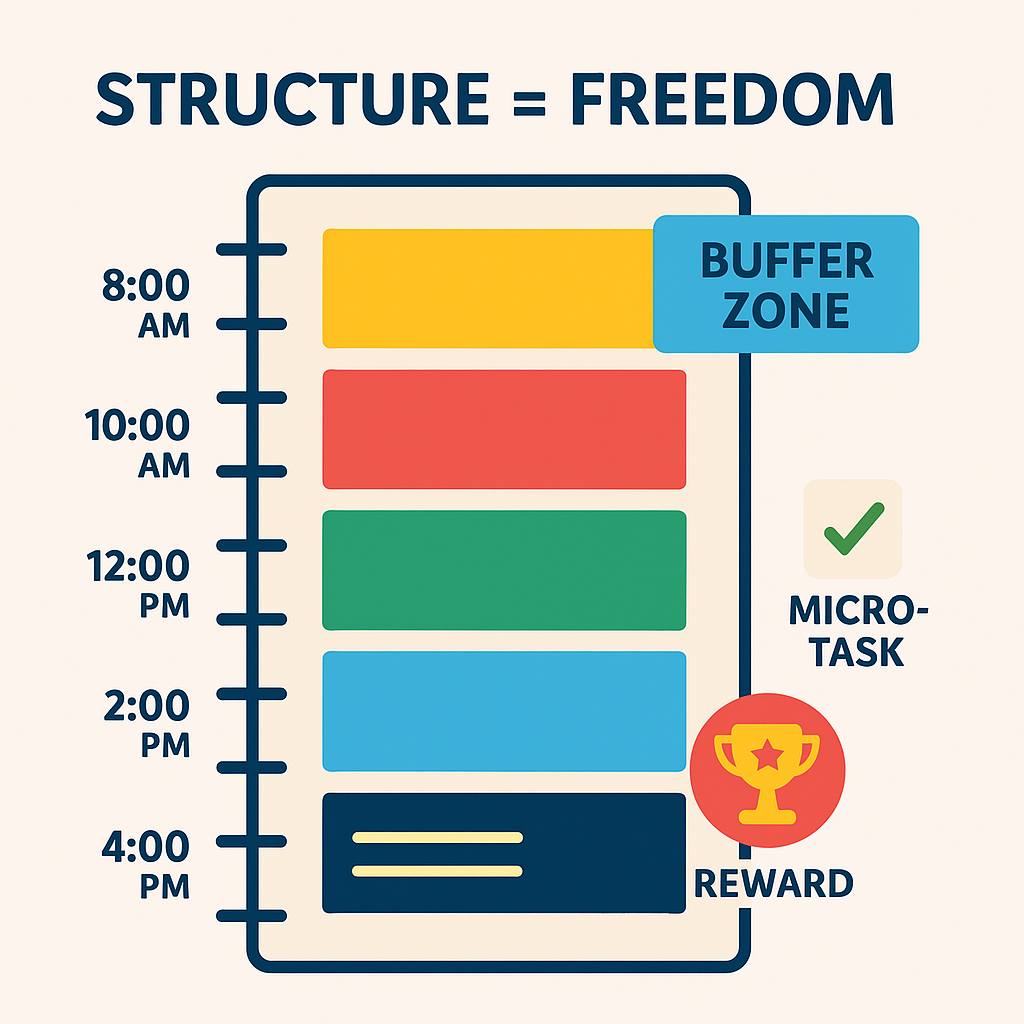 Visual Timers and Time Tracking Tools for ADHD Time Blindness
Visual Timers and Time Tracking Tools for ADHD Time Blindness